General Landscape Uses: Accent tree or shrub. Buffer plantings.
Ecological Restoration Notes: Common in coastal hammocks along the east coast; rarer as an understory shrub in pine rocklands on the Miami Rock Ridge. Due to geographic variation in morphology, obtaining local germ plasm is recommended.
Description: Small tree or large shrub with a compact, dense, rounded crown from a stout trunk with spreading branches. Bark smooth, reddish-brown, gray brown, or yellowish, often covered with patches of lichens. Leaves variable, thick or thin, light green and smooth above, around 1 to 2 inches long.
Dimensions: Typically 10-25 feet in height; to 34 feet in South Florida. Can be as broad as tall.
Growth Rate: Moderate.
Range: Monroe County Keys north mostly along the east coast to Brevard County; West Indies.
Habitats: Hammocks and thickets; understory shrub in pine rocklands.
Soils: Moist, well-drained sandy or limestone soils, with humusy top layer.
Nutritional Requirements: Moderate to high; grows best with some organic content and may languish in nutrient poor soils.
Salt Water Tolerance: Low; does not tolerate long-term flooding by salt or brackish water.
Salt Wind Tolerance: High; can tolerate moderate amounts of salt wind without significant injury.
Drought Tolerance: Moderate; generally requires moist soils, but tolerant of short periods of drought once established.
Light Requirements: Full sun to light shade.
Flower Color: Greenish-yellow.
Flower Characteristics: Inconspicuous. Dioecious, with male and female flowers on separate plants.
Flowering Season: All year; peak spring-summer.
Fruit: Bright red berrylike drupe. Usually summer-fall.
Wildlife and Ecology: Provides significant food and cover for wildlife. Birds eat the fruits.
Horticultural Notes: Can be grown from de-pulped seeds. Place in light shade or full sun. Germination is usually in 2-3 weeks.
Comments: Taxonomy: plants with smaller, more narrow leaves from the pine rocklands of the Miami Rock Ridge have been described as another species, Torrubia (=Guapira) longifolia, or variety, Pisonia (=Guapira) discolor var. longifolia; plants with hairy leaves from the Florida Keys have also been described as another species, Torrubia (=Guapira) floridana.

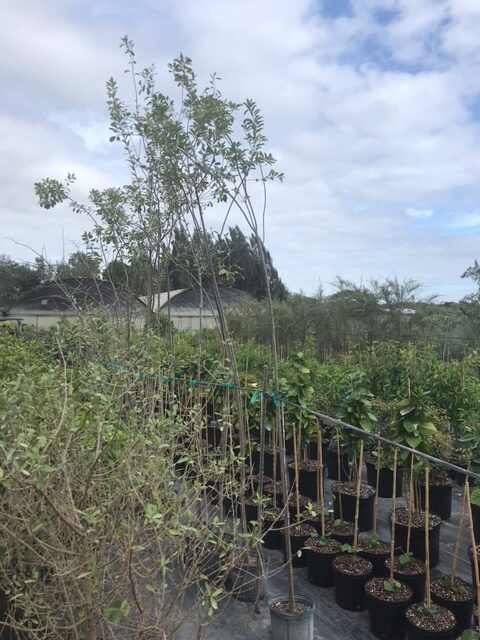

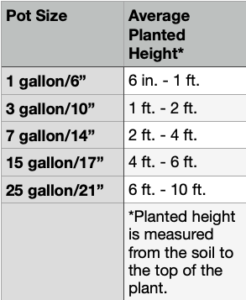

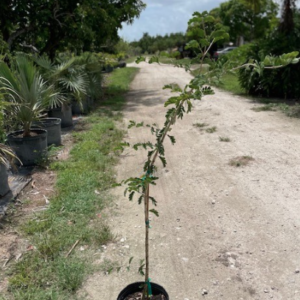
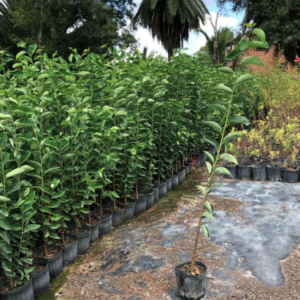
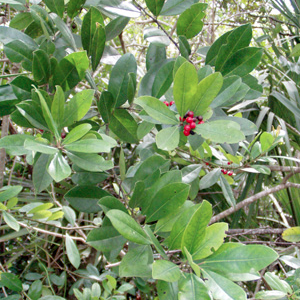
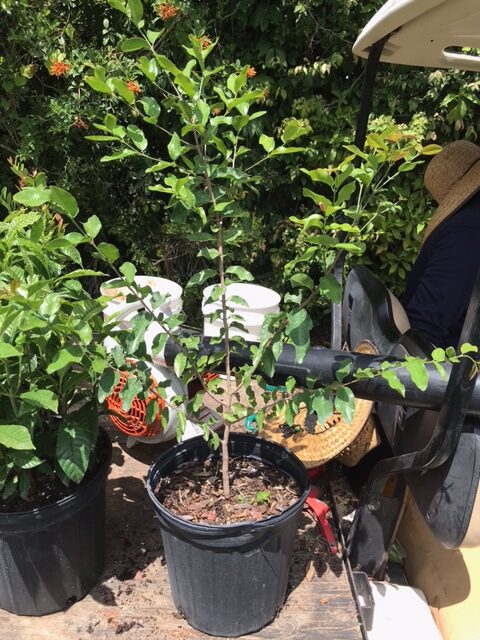
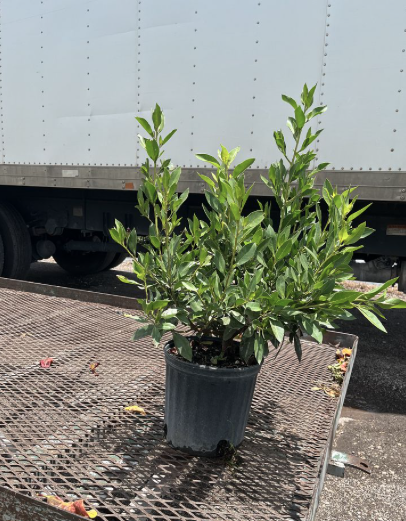
Bruce R. –
Once you go native you can never go back.
Toshiko Weberg –
Big thanks and love! ❤️